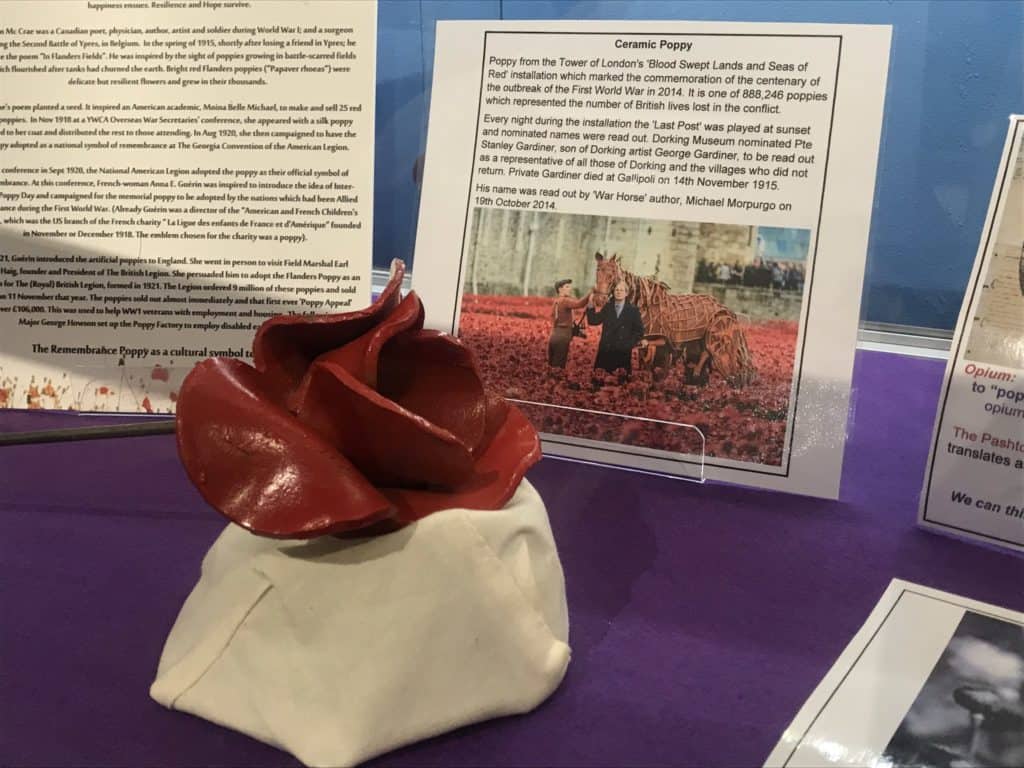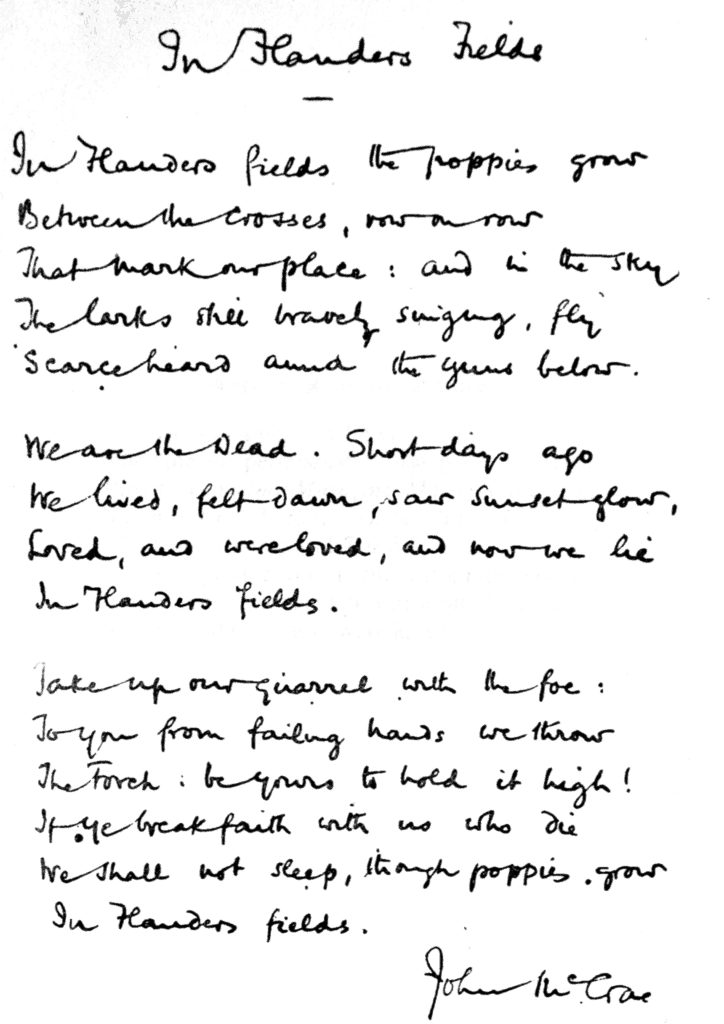
The Odyssey of the Poppy
Following the journey of the Poppy offers a route to explore the migration of knowledge, inherent wisdom and spiritual truths of what it is to be ‘human’. The Poppy serves as a symbolic medium for creative engagement, in all that life has to offer.
With curious enquiry and creative engagement every step of the way, following the odyssey of the poppy takes us on a journey past sacred ancient temples, through the rise and fall of empires, along routes of the opium trade, of war, of drugs both licit and illicit, and opens up the discourse of political will and body politics.
The poppy acts as a compass to engage with matters of life and death, of love and of loss. Since ancient times… the immense power of the poppy has been known and cultivated, with its life-giving and life-taking properties. Opium as an extract of the poppy can be both healing and addictive. Through the sharing of knowledge spanning thousands of years, across continents and empires, many of the life-saving operations we benefit from today are possible. Without the poppy, life would not be as we know it today. It has captured the human imagination for centuries. At the root of this elixir of life is our quest for immortality in some way, shape or form. It is the pursuit of living the alchemical dream.
The Poppy as a Symbol of Remembrance
The poppy as a symbol of remembrance was grown out of the aftermath of war – out of loss and traumatic grief – out of love for those lost and a need to creatively respond – to ‘Act’ against feelings of overwhelm and hopelessness – Such actions gave rise to purpose matched with passion – so that lives lost were not without meaning… and lives were lived meaningfully.
Ritual Acts of Remembrance serve to memorialise and make meaning, to create a framework for honouring the past, living in the present, with the future in mind. Ritual acts are a life’s practice, not a life’s sentence, with potential to open up opportunities of a lifetime. When purpose meets passion, lives are lived meaningfully, happiness ensues. Resilience and Hope survive.
John Mc Crae was a Canadian poet, physician, author, artist and soldier during World War I; and a surgeon during the Second Battle of Ypres, in Belgium. In the spring of 1915, shortly after losing a friend in Ypres; he wrote the poem “In Flanders Fields”. He was inspired by the sight of poppies growing in battle-scarred fields which flourished after tanks had churned the earth. Bright red Flanders poppies (“Papaver rhoeas”) were delicate but resilient flowers and grew in their thousands.
Mc Crae’s poem planted a seed. It inspired an American academic, Moina Belle Michael, to make and sell 25 red silk poppies. In Nov 1918 at a YWCA Overseas War Secretaries’ conference, she appeared with a silk poppy pinned to her coat and distributed the rest to those attending. In Aug 1920, she then campaigned to have the poppy adopted as a national symbol of remembrance at The Georgia Convention of the American Legion.
At a conference in Sept 1920, the National American Legion adopted the poppy as their official symbol of remembrance. At this conference, French-woman Anna E. Guérin was inspired to introduce the idea of Inter-Allied Poppy Day and campaigned for the memorial poppy to be adopted by the nations which had been Allied with France during the First World War. (Already Guérin was a director of the “American and French Children’s League”, which was the US branch of the French charity “ La Ligue des enfants de France et d’Amérique” founded in November or December 1918. The emblem chosen for the charity was a poppy).
In 1921, Guérin introduced the artificial poppies to England. She went in person to visit Field Marshal Earl Douglas Haig, founder and President of The British Legion. She persuaded him to adopt the Flanders Poppy as an emblem for The (Royal) British Legion, formed in 1921. The Legion ordered 9 million of these poppies and sold them on 11 November that year. The poppies sold out almost immediately and that first ever ‘Poppy Appeal’ raised over £106,000. This was used to help WW1 veterans with employment and housing. The following year, Major George Howson set up the Poppy Factory to employ disabled ex-Servicemen.

Last : Dorking Welcomes Refugees
Next : The Poppy as a drug

